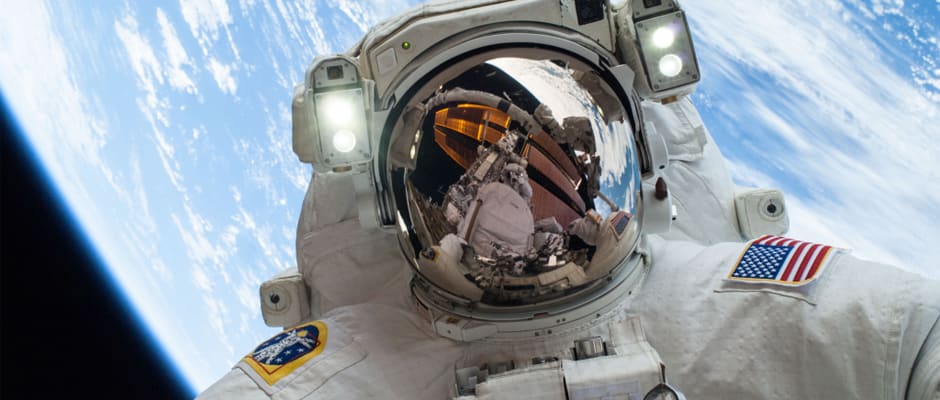New Cameras on the ISS Will Livestream the Earth in 4K
Yet more proof that space exploration means nothing without photography.
 Credit:
Credit:
Products are chosen independently by our editors. Purchases made through our links may earn us a commission.
Some time in 2014, two cameras fixed to the exterior of the International Space Station will begin broadcasting a live stream of Earth. On Friday, a couple of Russian cosmonauts conducted a spacewalk to install them.
The Extra-vehicular Activity, or EVA, began at 8:00 EST and was expected to take about seven hours to complete. The cameras, developed by a Canadian company called UrtheCast, will be attached to the hub of the ISS, and will eventually stream near-live footage to anyone with an internet connection—or, more accurately, anyone with a UrtheCast social profile (it’s free). One of the cameras is even capable of broadcasting in 4K UHD.
The Cosmonauts performing today’s mission are also donning a set of GoPro cameras to broadcast their mission. This allows them to better communicate with ground control in Russia, and to stream the content live to NASA TV, which can be seen here.
Friday’s EVA caps a tremendous year for space exploration—public and private. Earlier this month, SpaceX became the first private company to launch a satellite into geosynchronous orbit. Virgin Galactic took big steps toward space tourism. In September, NASA received confirmation that Voyager 1—launched in 1977—had entered interstellar space, making it the first manmade object to leave the solar system. And everyone's favorite astronaut, Chris Hadfield, performed Space Oddity from the ISS.
Here at Cameras.Reviewed.com, we covered a few interesting feats of space photography, including a billion-pixel image compiled by the Mars Curiosity Rover and a short history of Nikon’s NASA-exclusive cameras.
Via: CBS News
